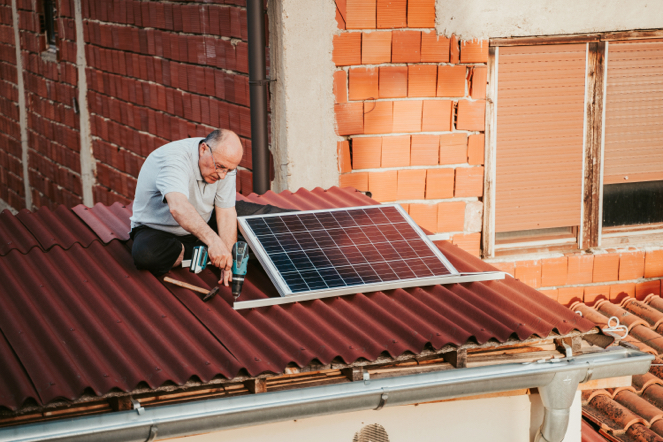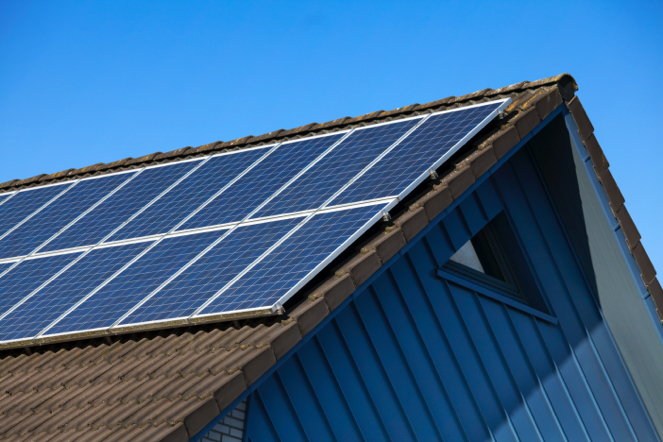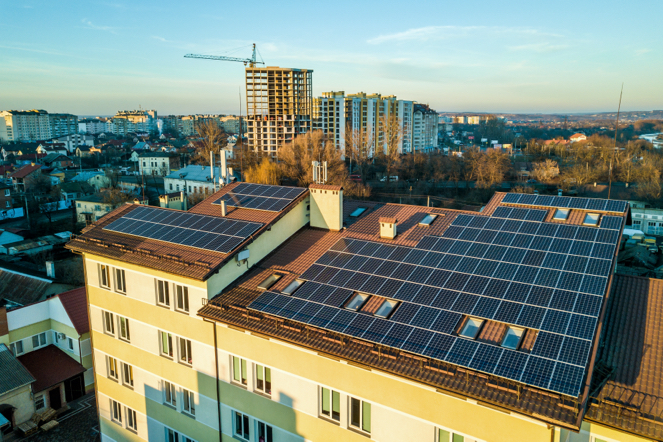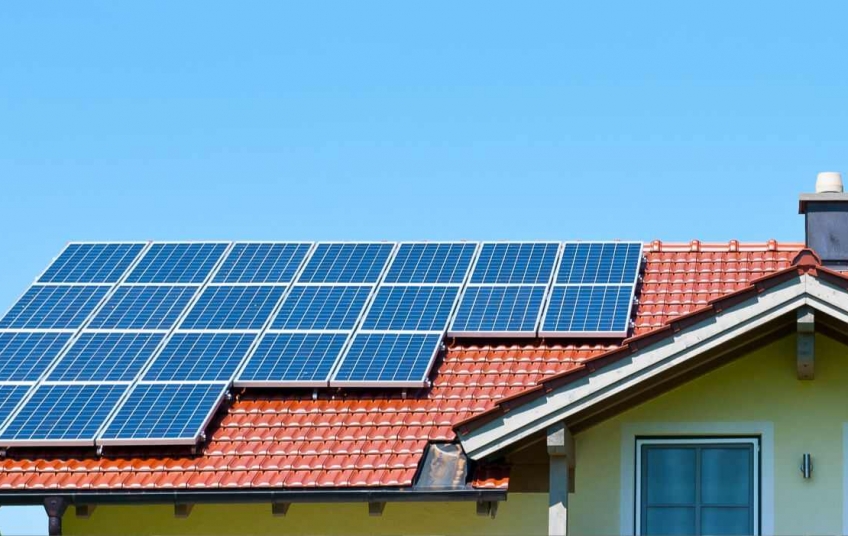Some Spanish regions have more than 3,000 hours of light a year, so the use of photovoltaic panels is a solution that will have an impact on your pocket.
Having access to clean, renewable and sustainable energy is possible today without having to resort to revolutionary technologies or groundbreaking scientific advances. It is enough to look up to the sky to find a near-inexhaustible source of heat that has enough power to satisfy a large part of our energy needs. Yes, we are talking about sunlight.
Although self-consumption went through a slight bump in our country last decade, the repeal of the so-called sun tax has revitalized the momentum of photovoltaic energy. Given that our country has areas that enjoy more than 3,000 hours of sunshine a year (Andalusia, Murcia and Extremadura easily exceed them), solar energy is one of the most reasonable bets to meet the energy needs of individuals to the time CO2 emissions are reduced and climate change is fought.
When considering the leap to photovoltaic energy, the main question that assails us has to do with the most sensitive aspect of the whole process: the pocket. To what extent is it profitable to install solar panels at home? Can they be installed in all homes? And in blocks of flats? Is it advisable to install a battery to store surplus energy?
"An isolated single-family home with an investment of around 6,000 euros can obtain savings of around 800 euros per year".
From El Confidencial we have contacted one of the largest associations of photovoltaic producers in our country to obtain first-hand information. Miguel Ángel Martínez is president of ANPIER, the National Association of Energy Producers, an entity that includes more than 6,000 people who have already completed the energy transition, to find out the answer. Martínez is clear: "An isolated single-family home with an investment of around 6,000 euros can obtain savings of around 800 euros per year ."
There are countless options on the market to consider an installation of this style. For example, an Endesa 2kW solar panel installation is available from 4,000 euros, and includes the installation of seven 300Wp solar panels (or Watts peak, the measure used in photovoltaic panels) in addition to an inverter (the part responsible for transforming energy into alternating current).

HOW MUCH DO I SAVE BY INSTALLING SOLAR PANELS?
As Martínez explains, the first aspect that must be taken into account is the importance of having an installation that maximizes the sun's energy: “The orientation should be as close to 0º south for solar capture”. This point is important in order to get the most out of the infrastructure. But what happens once the plates are installed? At what point can we notice the savings? The president of ANPIER assures that the work can be amortized after “about seven or eight years”, with the consequent saving of energy in the coming years.
It is important to note that users who have switched to solar energy not only save costs, since they do not have to consume as much energy from the conventional grid, but they can also dump their surplus - the energy they are producing but not consuming. , so that up to 0.05 euros per kWh can be obtained. And another aspect to take into account is the longevity of the plates. Martínez affirms that the useful life of this infrastructure "can perfectly be around 35 years."
Taking into account that there is no sunlight every day, or at all hours, it is interesting to put into context the real savings that users of this technology can enjoy. Take for example a household that pays about 480 euros of electricity per year. The estimates of the marketers are that you can save up to 60% of that invoice, the equivalent of 288 euros of savings.
A home that pays about 480 euros of electricity per year can save up to 60% of that bill, about 288 euros with solar panels.
Saving is not only economic, but it is also in CO2 emissions. A sample button: a 70kW self-consumption facility located in the Murcia region is capable of saving the planet up to 76 tons of carbon dioxide. A strong argument so that each citizen can contribute against climate change and help in the goal of reaching carbon neutrality.

WHAT IF I DON'T LIVE IN A SINGLE-FAMILY HOME?
Photovoltaic panels are an ideal solution for houses or townhouses that have space on the roof to accommodate the installation. But what happens to the vast majority of Spaniards who live in a block of buildings? As explained from ANPIER, there are different solutions to take advantage of solar energy, either in a community way or by giving energy to each of the neighbors.
“You can opt for an installation that is owned by the entire block and is intended to lower the total energy consumption of the building —the lights of the staircase, elevator or portal—. There is a second modality in which independent solar panels can be placed for each neighbor who wants to adopt solar energy. It is a more complex solution, since you have to see if there is space for all the neighbors and they have to agree. It's a bit more complicated, but it can be done, ”says Martínez.

FROM BATTERIES TO DISTRIBUTED GENERATION
Years ago Elon Musk announced a supposed revolution for home producers by unveiling Tesla's Powerwall batteries, designed to store surplus energy and use it on cloudy days or at night. But Martinez is far from optimistic about the impact this invention has had so far. “ Technological development and the decrease in prices have not reached the batteries, which penalizes the facilities with a very high extra cost. They are not competitive at the price level and it takes longer to amortize them, "he laments.
In recent years, an alternative to batteries is becoming popular, the so-called distributed generation, also known by energy communities, groups of producers who manage consumption and demand among themselves. "You can opt for a single facility from which all co-owners are supplied or you can have several facilities for different owners who are grouped together and surplus energy is transferred to each other", summarizes Martínez. “It is one more step towards self-consumption. Instead of giving my surplus to the system, I do it to a neighbor who has a greater need than mine ”, he concludes.





